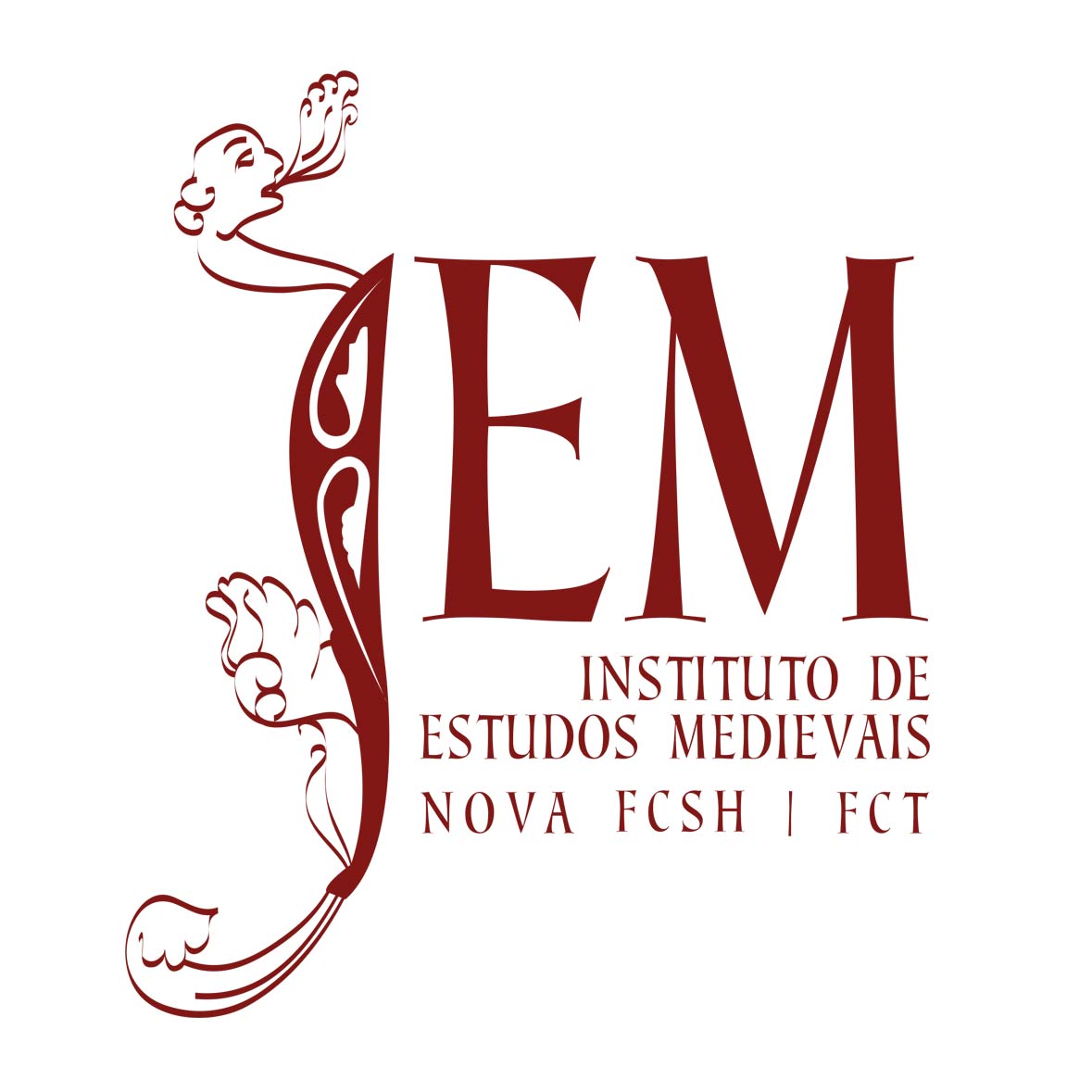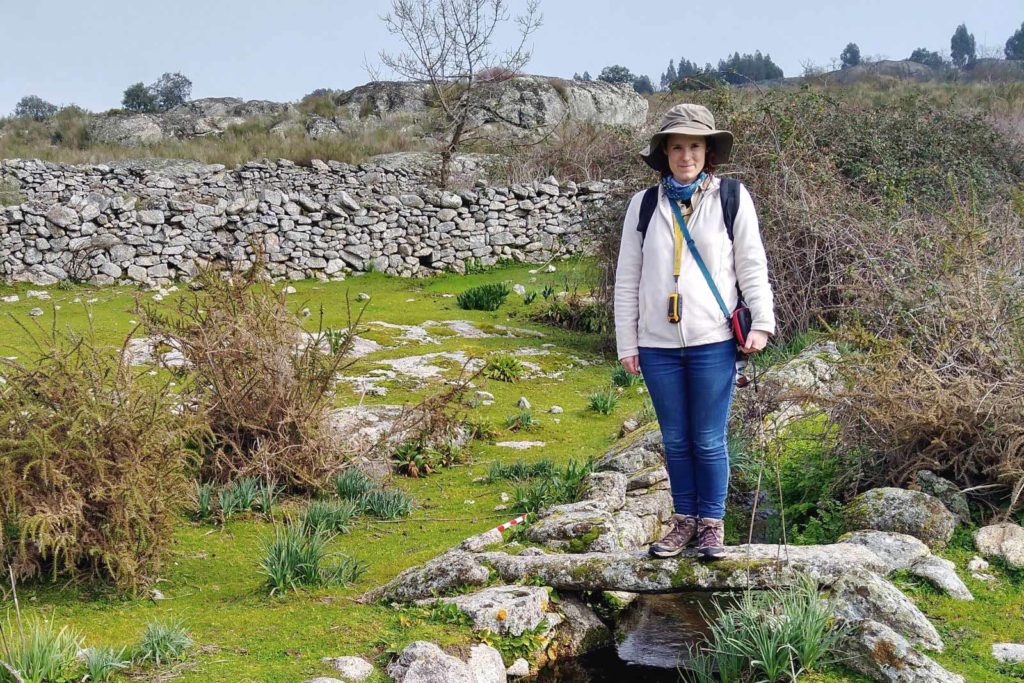
The FCT decided to award funding to two IEM integrated researchers.

Paula Cardoso has thus been contracted, in the category of Junior Researcher, for the project “Literary and Visual Cultures in the shaping of female conventual life (Portugal, c. 1400-1600)”. Focusing on the study of medieval female conventual culture, this project will investigate the role of literary and visual culture in the religious practices of Portuguese nuns at the end of the Middle Ages, paying special attention to the way the three phenomena interrelated with and influenced conventual life.

Sara Prata, also in the category of Junior Researcher, was recruited for the project “Reshaping the countryside in the Early Middle Ages. Production systems, consumption patterns and peasant agency in western Iberia”. The project aims to analyse the social, cultural, economic and religious transformations that took place in the rural territories between the end of the Roman Empire and the Muslim occupation, focusing on the Upper Alentejo and deploying an archaeological approach (excavations; surveys and GIS; material culture; botanical, pollen and faunal data).
This project provides continuity to the research already carried out in the territory of Castelo de Vide, which allowed for the identification of the material remains of rural communities from the 6th to the 8th centuries, opening up a first characterisation of the restructuring ongoing in the post-Roman countryside. Adopting the territory of the Alto Alentejo as an extended study field, functioning as a case-study for the Peninsular West, this new stage of research will consider issues such as land ownership and usage, productive systems and distribution networks and the balance between the agency of peasant communities and the emergence of local elites. The project also functions as a platform for advanced academic training for archaeology students, promoting their participation in research tasks, as well as the production of new Master’s and PhD theses on the territory.
This project also contains a strong component of social return by considering the integration of the local community and institutions in every research stage and fostering the concept that archaeological heritage can provide an active development tool for rural hinterland areas.